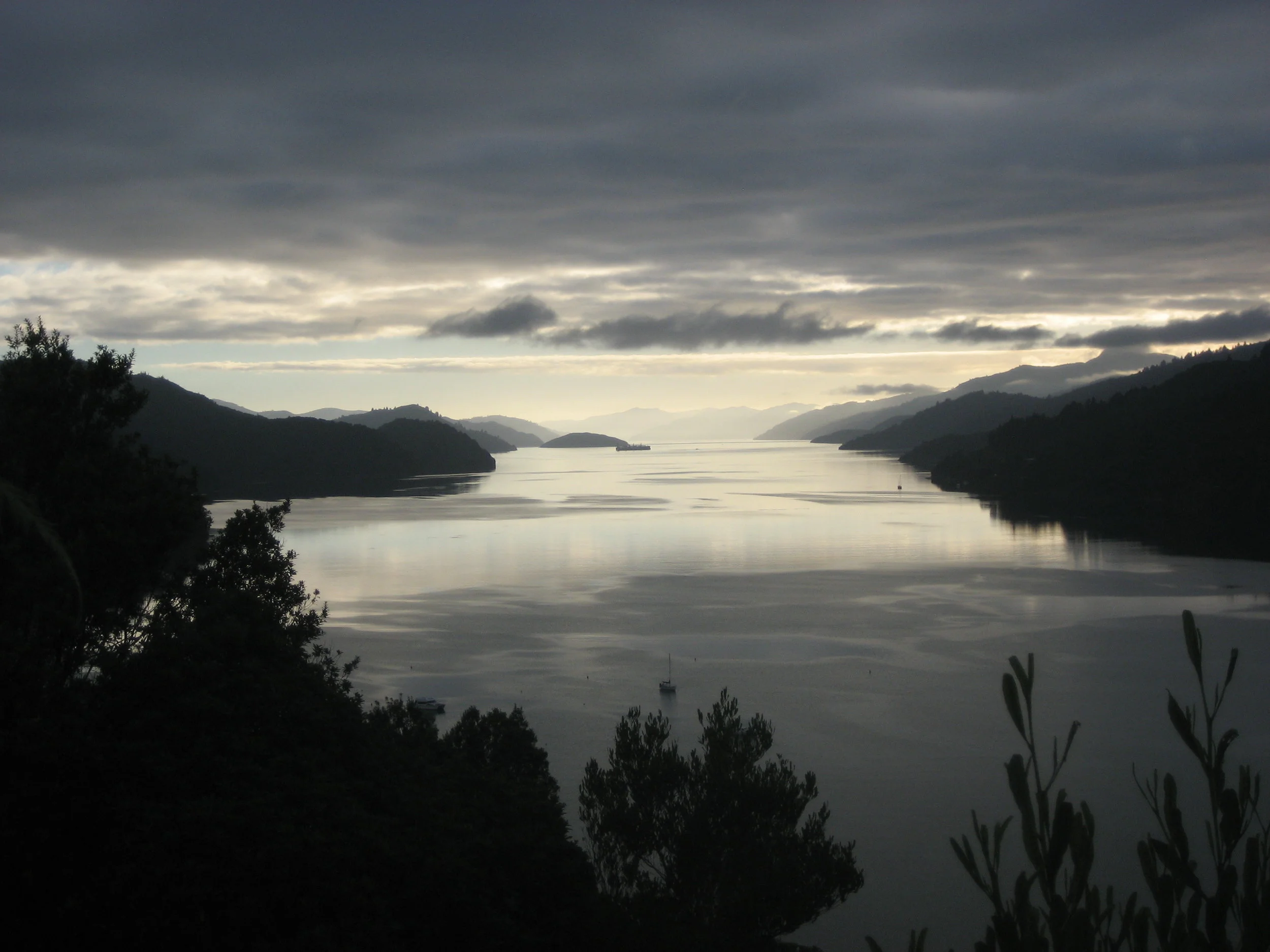Comparative Phylogeography in a geographic microcosm
New Zealand has long fascinated biogeographers because of its long-term geographic isolation and young, physically dynamic landscapes. This region is thus ideal for investigating how environmental change, dispersal and vicariance have shaped genetic patterns within and among species. We are using genomic methods to study the drivers of concordance (and lack thereof) in phylogeographic patterns among forest beetles which have coexisted in these landscapes for millennia.
Assembly History of Ecological Communities
We are investigating the continental-scale phylogeographic structure of North American amphibians to assess whether the historical events which generated these patterns have also left their mark on the species composition of local communities. This project integrates data and methods from phylogeography and community ecology, including survey data from approximately 7,000 amphibian communities, to shed insights into the role of past dispersal in shaping contemporary patterns of species coexistence. This project was initiated with support from the Villum Foundation Young Investigators Programme.
Large-scale Patterns of genetic diversity and variation
Phylogeography unites the genetic and spatial tools necessary to understand the history of a species within its place. Replicated across species, these allow us to investigate the role of such drivers as climatic stability and dispersal in the generation and maintenance of genetic diversity and divergence, from regional to global scales. Via synthesis of continental and global datasets, we are able make new inroads into these and other long-standing questions, and assess current and future threats to this ‘new’ facet of biodiversity.
Biogeography and macroecology of behavior
(more soon!)




